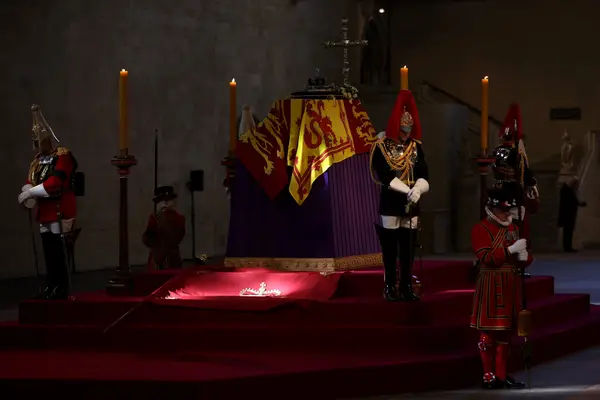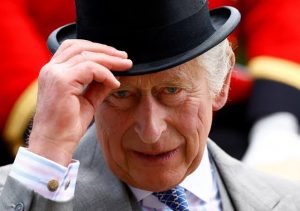Queen Elizabeth II will be laid to rest at Westminster Abbey before being driven to Windsor Castle, just west of London. The muffled tenor bell at Westminster Abbey has begun to toll once every minute for 96 minutes, representing the years of HM Queen Elizabeth’s reign. Queen Elizabeth II was also married and crowned in the Abbey.
Also Read| Queen Elizabeth II funeral: Details of late monarch’s coffin
For nearly 1,000 years, coronations, weddings, and burials of English and then British royalty have taken place at Westminster Abbey in central London. The bells of Westminster Abbey are literally voices from the past; they provide an aural link to earlier eras. Additionally, they are a royal church’s bells.
The bells of Westminster Abbey bells are incredibly significant in the history of the country and are in fact one of London’s most distinctive choirs; they have given voice to significant events in the life of the nation and have marked the Abbey’s life in the rotation of the Anglican Church calendar.
The bells that hung in Westminster Abbey have undergone numerous changes since that time, so although though they continue to serve the capital’s residents as a time-honored symbolic reminder of the same cycle of national events, they are no longer the same bells. Nevertheless, they serve as oral records of the country’s history. These bells are my personal favourite since they are like hearing live history.
Also Read| Queen Elizabeth II’s funeral by the numbers: Key facts and figures
After the ringing of the bells, The Sentences will be sung by Westminster Abbey’s choir at the start of the service, as the queen’s coffin is carried into the abbey. Since the early 18th century, every state funeral has included the five Sentences, which are lines of scripture set to music.
Before the first hymn, the Dean of Westminster will bid, and the Commonwealth Secretary-General, Baroness Scotland, will read the first lesson from the book of Corinthians. The choir will perform a specially commissioned chorai piece written by the Master of the King’s Music, Judith Weir. The piece, “Like as the Hart,” is a musical setting of Psalm 42.
The second lesson, from John’s Gospel, will be read by British Prime Minister Liz Truss, and it will be followed by the hymn “The Lord’s my Shepherd.” The hymn was also sung at the wedding of Queen Elizabeth II in 1947.
The choir will sing the anthem “My Soul, There Is a Country” after the sermon. Before the choir sings a short anthem, prayers will be said from the High Altar. Ralph Vaughan Williams composed “O Taste and See How Gracious the Lord is” for the queen’s coronation in 1953.
The commendation will be given by the Archbishop of Canterbury, and the blessing will be given by the Dean of Westminster. The Last Post will be sounded from the steps of the Lady Chapel near the end of the funeral, around 11:55 a.m., by the State Trumpeters of the Household Cavalry. The United Kingdom will then observe two minutes of silence.
The State Trumpeters will sound the Reveille before the congregation sings “God Save the King.” The Royal Regiment of Scotland’s Sovereign’s Piper will play the traditional lament “Sleep, Dearie, Sleep” at the end of the funeral. Following the funeral of the sovereign, the bells of Westminster Abbey will be rung, fully muffled, as is customary.
Also Read| Why Queen’s funeral plan is reminding internet of London has Fallen movie
Senior citizens and children are camping along the funeral routes, some for up to 48 hours, to say farewell to Queen Elizabeth II on Monday. Some have travelled from as far away as the UK countryside, bringing bedding and tents with them to combat the reasonably cold breeze that blows through London this time of year.







